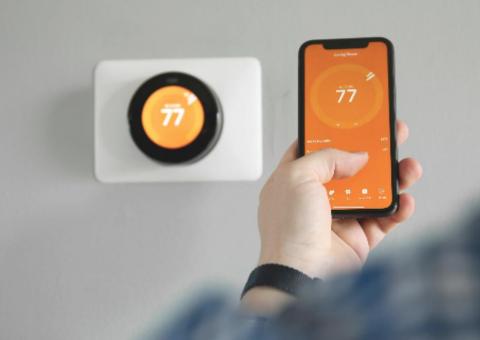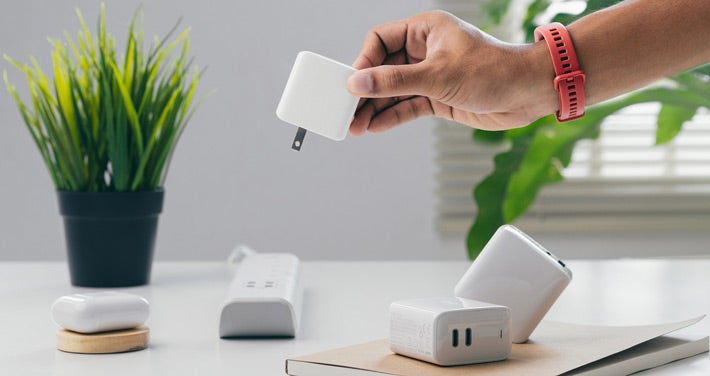5.06.25
7:16 am
Savings, Sustainability
Remote work has increased significantly in recent years.
Did You Know? When powered on, game consoles, televisions, and similar electronic devices are responsible for up to 12% of energy use.
With the increase in remote work comes the inevitable increase in energy costs – from lighting and home electronics use to the demand for heating and cooling. But there are ways to embrace a remote lifestyle and still save on your electric and gas bills. Read on for eight ways to save.
- Take advantage of natural light. Not only will you save electricity by minimizing the need for artificial light, but you’ll reap the rewards of the sun’s warmth. BONUS: Exposure to sunlight is a natural mood booster, and it’s the most flattering light for video conference calls.
- Turn to task lighting. It’s more cost-effective, and can reduce eyestrain and fatigue better than broad overhead lighting.
- Plug your home office equipment into a smart power strip. Idle power usage accounts for as much as 10 percent of the average electric bill. Smart power strips can detect when your electronics are in standby mode and will shut off the power to save you money.
- Heat yourself before heating your space. Dressing appropriately will enable you to keep the thermostat lower – even one degree can save money, and you probably won’t even notice the difference.
- Invest in a smart thermostat. Studies have shown that most homeowners never get around to programming standard programmable thermostats, or they override the programming altogether. Not only will a smart thermostat learn your habits, but it can also be adjusted using your smartphone if you’re away from home unexpectedly.
- Enlist the help of a ceiling fan in the warmer months. Fans cool people, not spaces. They only work when you’re in the room, but they can lower the temperature by as much as four degrees. PRO TIP: Make sure your fan is set to rotate counterclockwise in the warmer months. The clockwise setting is for bringing warm air down from the ceiling in the winter.
- Wait until you have a full load to run the dishwasher and washing machine, and avoid peak usage hours (3:00 - 8:00 PM) when electricity is in high demand.
- New Hampshire Unitil customers can check out the NHSaves online retail catalog, while Massachusetts customers can explore energy-saving options at the Mass Save site. Here, you’ll find discounted power strips, smart thermostats, and more available for purchase.
Key Takeaways:
- Swap broad overhead lighting for task lighting right where you need it most. In addition to saving energy, you’ll reduce fatigue and eyestrain.
- A smart power strip will switch off electronics when it detects they’re in standby mode, thereby decreasing passive energy use.
- Dress for the weather to keep heating costs down. Cold feet can make you feel irritable and stressed, so bust out the pink bunny slippers!





